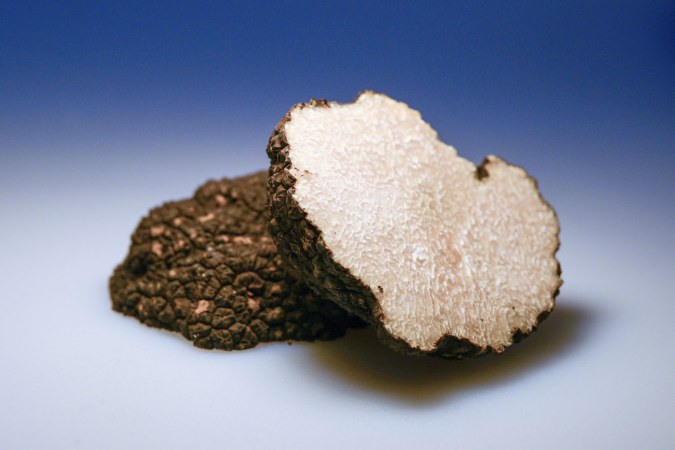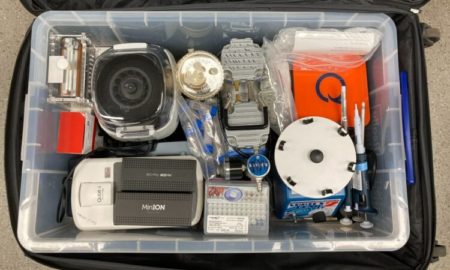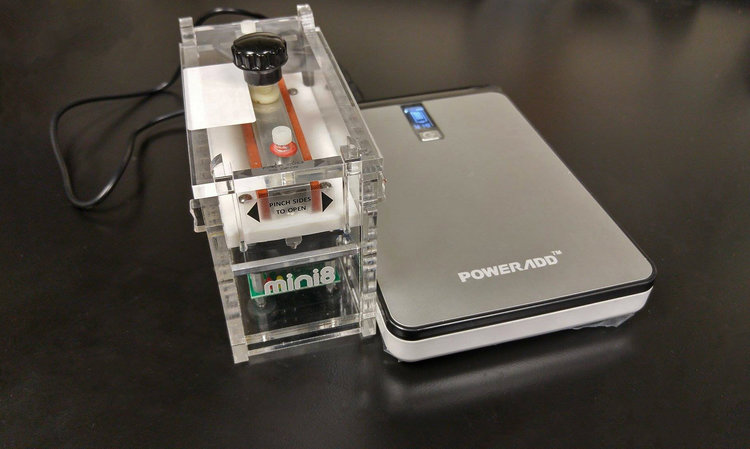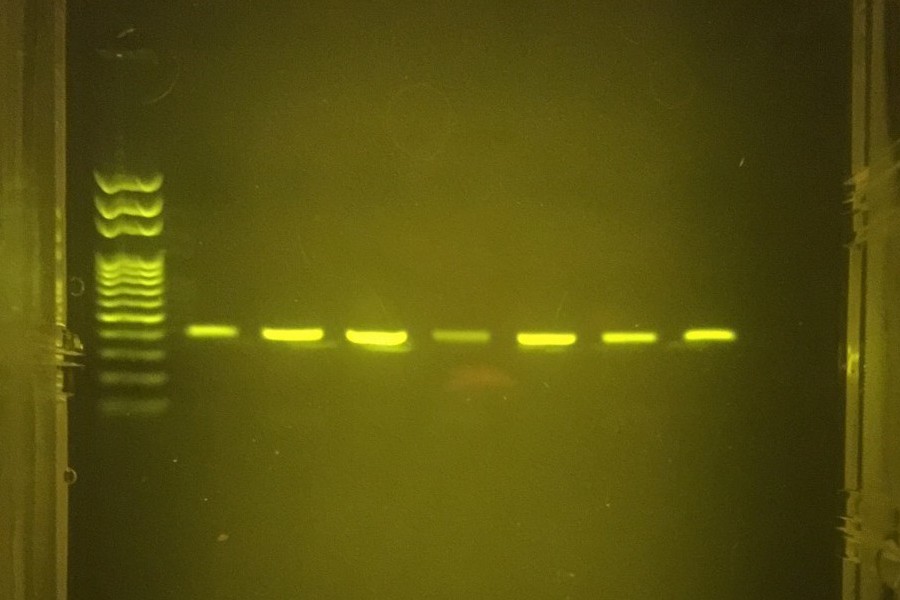Using genetics to grow better truffles
Truffles evoke a romantic image of foraging for fragrant unearthly treasures in ancient and wizened woodland. This may have been true in the past but today, that back truffle shaved onto your pasta is most likely to have come from a cultivated source. Truffles are fungi, but a very specific type of fungi that needs a living tree as a host, forming a symbiotic partnership whereby the truffle feeds the tree nutrition, and the tree feeds the truffle sugar. In the fungi kingdom, this partnership is known as mycorrhizal.
Back in the 1970s, the first technology was developed to create this association artificially, and the first steps were taken into truffle cultivation. Truffle cultivation today is broadly successful, and around 95% of all black truffles from France are now cultivated. However, this headline figure masks some big issues within the industry: the process may sound basic but it is actually quite complex, with a huge number of factors that influence the success (or not) of a truffle orchard. Consequently, through a lack of understanding of the right management practices and a lack of data, a lot of orchards have failed and/or produced poor yields and so truffle prices remain very high.
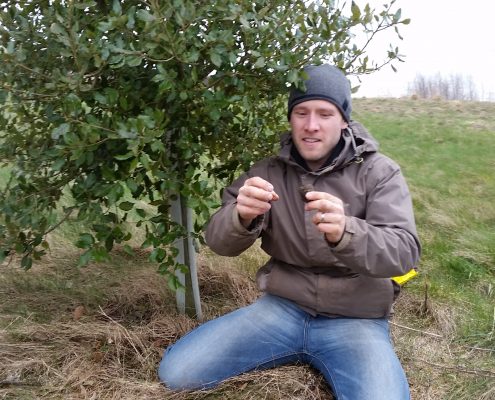
Enter Dr. Paul Thomas
When Dr. Paul Thomas founded Mycorrhizal Systems Ltd, their group promoted a more thorough approach to truffle cultivation involving DNA testing and producing high quantity truffle-inoculated trees. However, they quickly realized that high quality trees were just one piece of a very large puzzle and more data was needed in order to reliably produce truffles in the field. Fast forward to 2016 and Dr. Thomas and his outfit now have plantations in 23 countries, all started with the same technology and feeding data into their central hub, allowing them to tease apart the exact nutritional, irrigation and management practices needed in different climatic and soil conditions. It’s an incredibly bespoke approach and allows Dr. Thomas and team to increase harvest reliability: they now possess the largest unified data-set in truffle cultivation in the world, which benefits their partner growers by giving them a data-based technological edge in truffle cultivation.
To further their knowledge and data set, Dr. Thomas’ team employs a range of technological advances–and the most exciting in recent years have been those in the field of genetics. The publishing of the black truffle genome in 2010 opened up many new avenues of research and understanding. However, they had been using genetic approaches long before this. Like many high value products, truffles suffer from forgery. For decades a complex of black truffle species from China have been imported to Europe and sold as European black truffles. These imported truffles have very little value as they lack the aroma of the European species. However, aside from their scent they are almost impossible to tell apart: sometimes even at a microscopic level. These truffles are then mixed-in with batches of the highly scented European species where they become almost impossible to identify and when prices for the two species can differ by as much as 1,000 EUR/Kg, you can see how this became such a big problem. The issue gets worse: these inferior truffles have inevitably found their way into material used to produce truffle trees and this can cause huge problems. “Imagine waiting a decade for your crop, only to discover that your trees are producing the wrong, unvalued and unscented, truffle variety,” says Thomas. Sadly, this does happen. For this reason, he adds, “right from our very first day, we used genetic testing to make sure that we were infecting our trees with the correct species and only the correct species.”
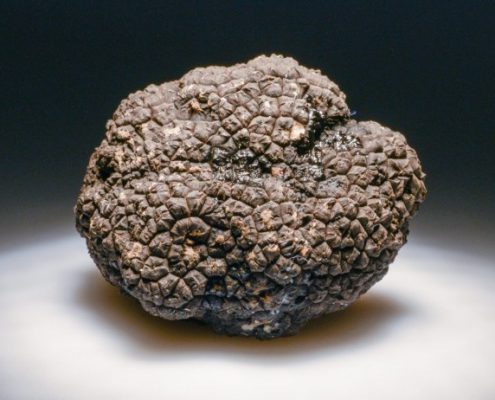
DNA testing right on the truffle orchard with miniPCR
DNA testing was something Dr. Thomas used to have to outsource as one of the key pieces of equipment, known as a thermocycler, were expensive, large and often needed costly servicing along with a very stable environment to operate in. This changed when Dr Thomas found out about miniPCR. “The technology developed by miniPCR was absolutely fascinating for us,” says Thomas. This tiny thermocycler, powered by software on a smartphone, allowed Mycorrhizal Systems to do the same thing that the big old bulky thermo cyclers did, but with a kit no bigger than a shoebox it was highly portable and allowed DNA testing almost anywhere. “This allows us to check truffles in almost any environment and we can even check the organisms presence in the field, without having to take samples away to a separate lab,” says Thomas. “On one of our partner orchards we can now turn-up and run what DNA tests we need, on site. This is allowing us to gather more data, run more tests and ultimately grow more truffles on our partner orchards.”
Further, the team led by Dr. Thomas is currently investigating using the miniPCR equipment for other genetic analysis, such as mapping distribution of different truffle mating types within an orchard or looking at genetic differences between fruiting in different times and places. “For us,” says Thomas, “the kit developed by miniPCR has been a game changer, and we are still just looking at the tip of a very big iceberg.”
Related resources:
- Download the PDF version of this article.
- Read more about miniPCR in truffle cultivation at ideas.TED.com
- Molecular identification of fungi with Fungal DNA Barcoding Kit.
* Images courtesy of Dr. Paul Thomas
